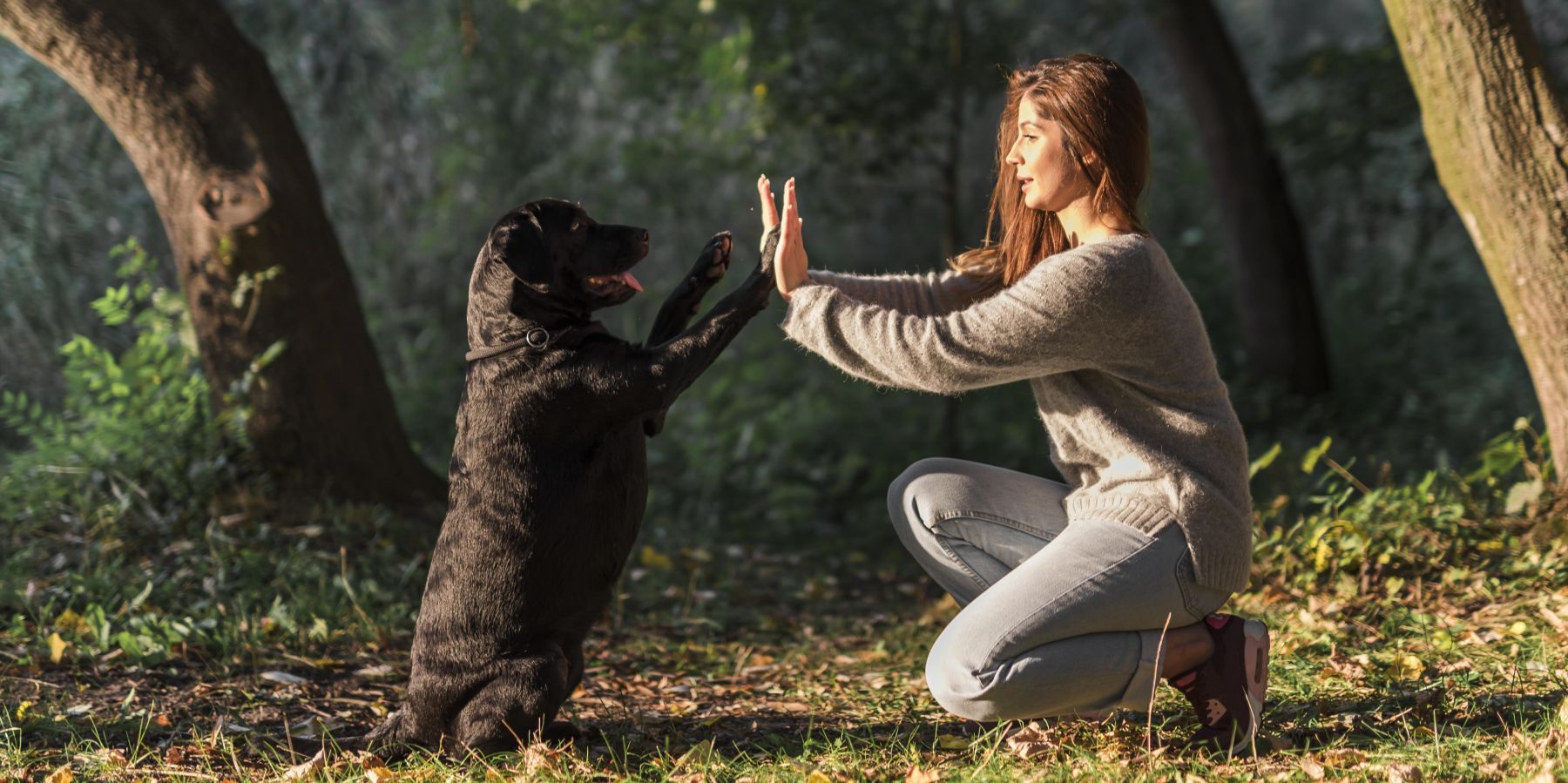Training your dog can be an incredibly rewarding experience for both you and your furry friend. Not only does it help in developing a strong bond, but it also ensures your dog's safety and obedience. Today, we're diving into the world of dog commands – a fundamental aspect of dog training that's both fun and functional.
Why Teach Dog Commands?
Dog commands are not just about teaching your dog to perform tricks. They're about communication and mutual understanding. By teaching your dog various commands, you're providing them with the tools to understand what's expected of them, ensuring their safety, and making outings and home life more enjoyable for everyone.
Basic Commands Every Dog Should Know
Sit: This is usually the first command taught. It's the foundation for establishing control and preparing for more advanced commands.
Stay: Essential for safety, the 'stay' command helps prevent your dog from running into dangerous situations.
Come: This recall command is crucial, especially in outdoor or unfamiliar environments.
Down: A step further from 'sit', this command is useful for calming your dog in excited states.
Leave It: This teaches your dog to avoid potentially harmful objects or food.
Fun Tricks to Teach Your Dog
After mastering the basics, you can move on to more amusing tricks. These not only impress your friends but also keep your dog mentally stimulated and engaged.
Shake Hands: A classic trick that's easy to teach and offers a cute way for your dog to greet people.
Roll Over: This requires a bit of agility and is great for physical exercise.
Play Dead: A dramatic trick that's always a crowd-pleaser.
Spin: Teaching your dog to spin on command is fun and can be a stepping stone to more complex tricks.
Advanced Commands for Skill Building
For those looking to take their dog's training to the next level, there are advanced commands that can be both practical and challenging.
Fetch Specific Items: Training your dog to retrieve specific items by name.
Turn Lights On/Off: This can be a helpful skill, especially for individuals with mobility issues.
Open/Close Doors: A more complex skill that can be incredibly useful around the house.
Tips for Successful Command Training
Consistency is Key: Use the same words and gestures for each command.
Positive Reinforcement: Reward your dog with treats, praise, or playtime when they follow a command correctly.
Patience and Persistence: Some dogs may learn slower than others. Stay patient and keep sessions short and fun.
Regular Practice: Regular practice helps reinforce the learned commands.
Conclusion
Teaching your dog commands goes beyond simple obedience. It's about enhancing your communication and strengthening your bond. Whether you're teaching basic commands, fun tricks, or advanced skills, remember to make the process enjoyable for both of you. With patience, consistency, and positive reinforcement, you'll be amazed at what your dog can achieve. Happy training!


